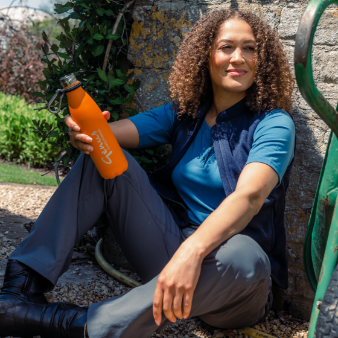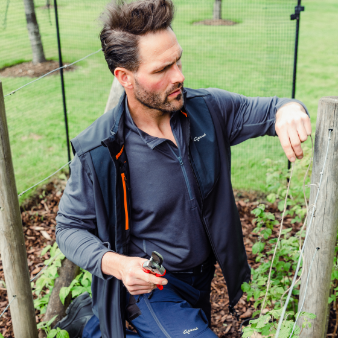The plants around us - bamboo

From fishing rods, to cooking utensils, sunglasses to flooring, bamboo has a multitude of uses. In recent years bamboo products have been appearing in shops offering a sustainable alternative to conventional materials with minimal environmental impact. Fabrics derived from this member of the grass family Poaceae, offer a luxurious feel akin to silk and cashmere, but at a fraction of the cost. Its popularity in socks and t-shirts is no surprise given its sustainable nature, minimal environmental impact and exceptional comfort. Of more interest to gardeners are the range of sustainable bamboo pots that are being seen commonly in shops and online stores.
There are two methods for transforming bamboo into fabric: mechanical and chemical. The mechanical process, while less common due to its labour-intensive nature, involves crushing the plant and using enzymes to break down its structure. The resulting fibres are then combed out and spun into yarn.
The chemical process, more widely used in bamboo clothing production, creates a cellulose fibre similar to rayon. It begins by extracting and crushing bamboo, the leaves, and inner pith, then soaking them in a sodium hydroxide solution. Further processing, results in a viscose mixture. This mixture is then forced through nozzles, hardening it into cellulose fibre threads that can be spun into yarn.
The resulting fabric boasts a number of desirable properties. It's naturally soft, easy to care for, and good for sensitive skin due to its rounded fibers. It's also antibacterial, antifungal, and hypoallergenic.







